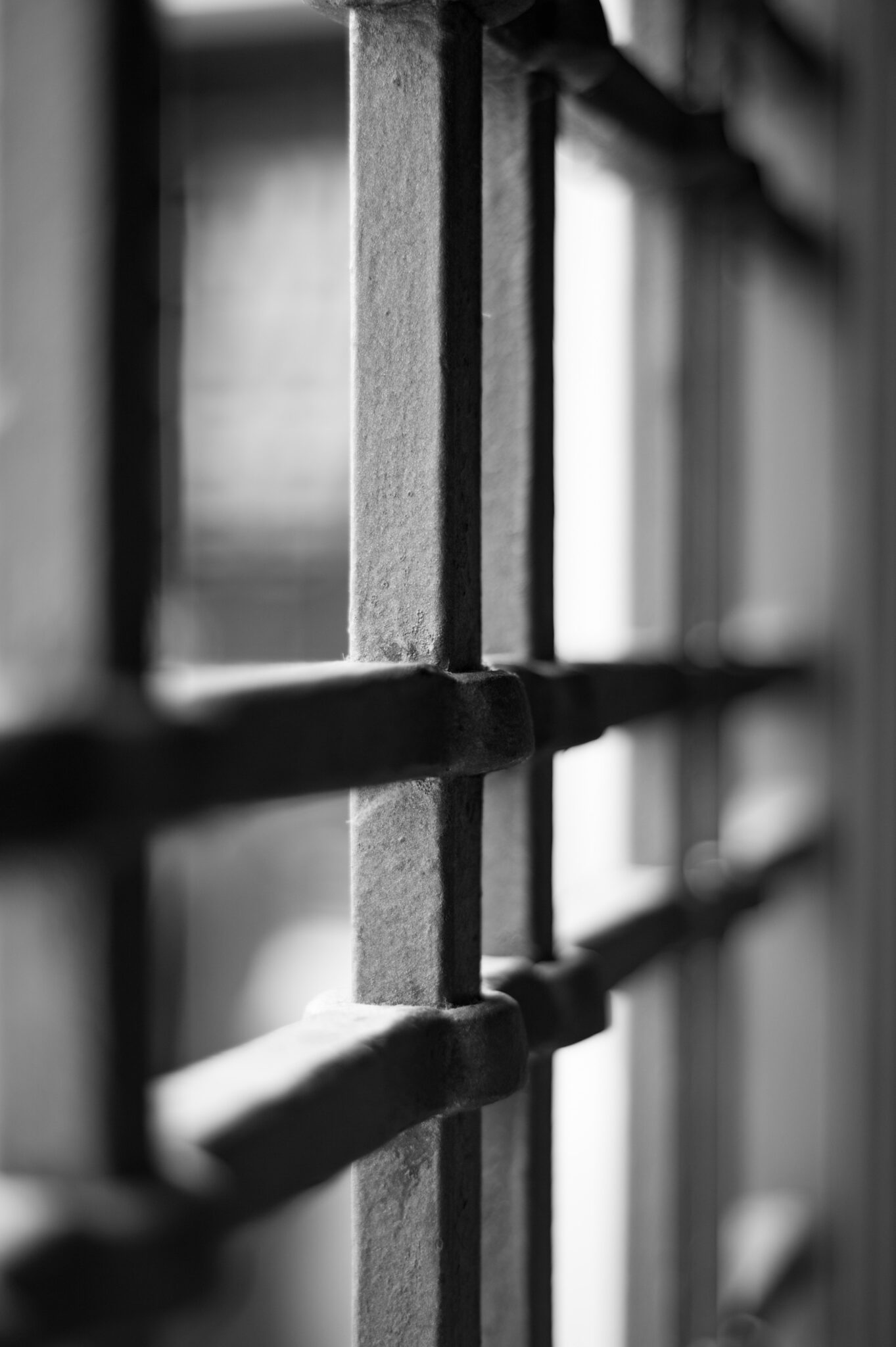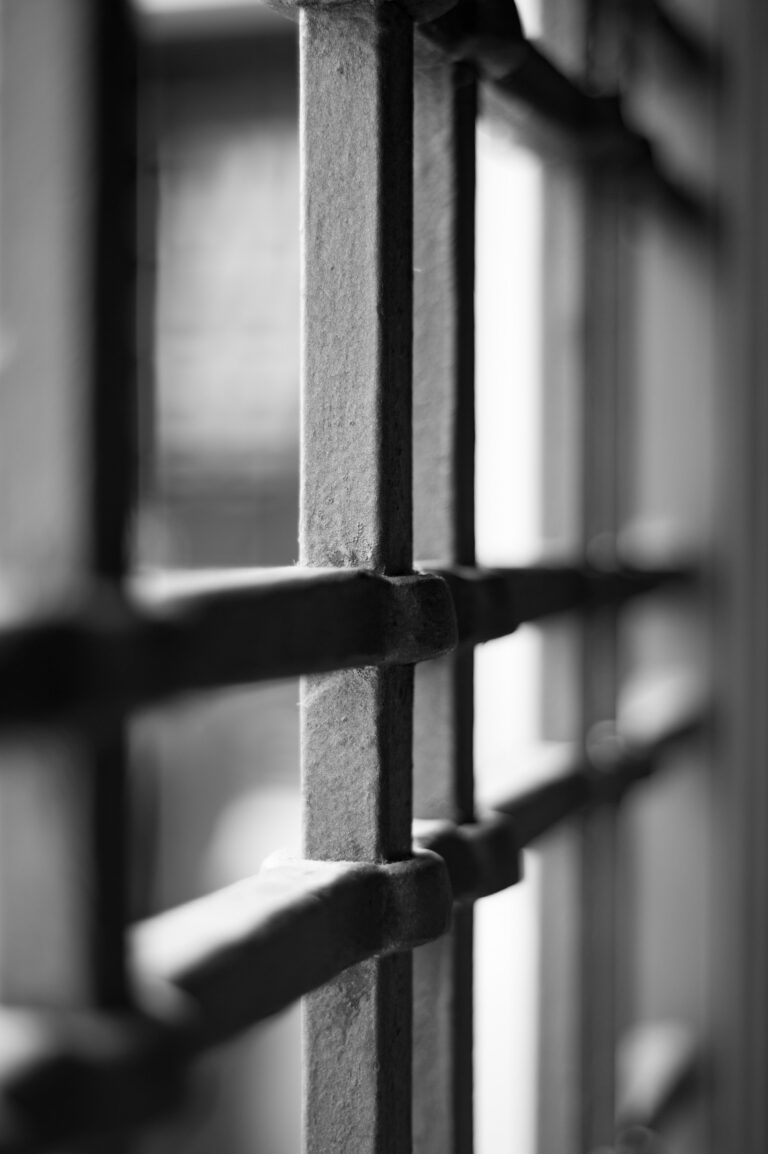
Ian Kalil is a student at Harvard Law School and a member of the Labor and Employment Lab.
When a worker is injured on the job, they can usually count on workers’ compensation to cover their wages while they are unable to work or to replace their wages if they are permanently disabled. The same cannot be said for the 800,000 people who work while incarcerated. Incarcerated workers rarely have access to workers’ compensation insurance, and, for the few that do, workers’ compensation offers little in the way of meaningful relief.
No Promise of Safety
The problem of incarcerated workers’ compensation is inextricably linked with the safety of incarcerated working conditions. Incarcerated workers are not covered by OSHA. State governments are excluded from the definition of “employer” under Section 3(5) of the Occupational Safety and Health Act; state prisons are therefore outside of OSHA’s jurisdiction. While the statute does apply to federal prisons as “employers,” the agency has taken the position that incarcerated workers are not “employees” within the statutory definition. OSHA has only exercised jurisdiction over a federal prison one time and did so to improve protections for corrections officers, not incarcerated workers. This lack of oversight has practical consequences; incarcerated workers frequently suffer injuries that could have been prevented by proper mechanical guards and safety training.
Incarcerated workers cannot opt-out of these dangerous conditions. The 13th Amendment, which prohibits slavery, also prohibits involuntary servitude except as punishment for a crime, and, for the most part, prison labor is involuntary. 76 percent of incarcerated workers surveyed by the Bureau of Justice Statistics said they were required to work or would face additional punishments such as solitary confinement, denial of opportunities to reduce their sentence, and loss of family visitation. Nor are incarcerated workers compensated for taking on this risk. Incarcerated workers are paid subminimum wages averaging between 13 cents and 52 cents. These wages are subject to deductions for “room and board,” court costs, victim restitution, and other fees. This can reach up to 80% of wages and generally leaves incarcerated workers with less than half of their gross pay.
For the most part, prison labor happens in the dark. As the full ACLU report from 2022 reveals, public access to information on the number of incarcerated workers, the rate of injury in prison labor, and on workers’ compensation claims by incarcerated workers is restricted. States and the federal government either neglect to collect this data or refuse to make it public.
No Promise of a Safety Net
With no choice but to labor in dangerous conditions, incarcerated workers have a substantial need for workers’ compensation insurance, but states vary greatly in the extent they allow worker’s compensation claims for incarcerated workers. Based on the Bureau of Justice Statistics’ 2022 report, there are roughly 1 million people imprisoned in state or local institutions. States typically exclude incarcerated workers from workers’ compensation benefits by explicit statutory provision – as is the case in Texas, Missouri, and Massachusetts – or by judicial precedent – as in Tennessee, Connecticut, and Colorado. States often make limited exceptions for incarcerated workers participating in certain work release programs or working for a private employer. The California Labor Code comes the closest to full coverage by including “all persons incarcerated in a state penal or correctional institution,” but people incarcerated in county jail are not covered by the statute and are subject to the state’s “voluntary/compulsory” test for employment status. In summary, an incarcerated worker will rarely be covered by workers’ compensation insurance while in a state or local institution.
Federal prisoners, who make up less than 14 percent of the country’s incarcerated population, seem to have the greatest workers’ compensation benefits. Federal prisoners are subject to a specific statutory scheme under the Inmate Accident Compensation Act (IACA), 18 U.S.C. 4126, and the regulations promulgated by the Bureau of Prisons.
Our Best Isn’t Good Enough
Even the best available systems, California’s and the federal system, provide no real redress. The IACA allows for lost-time wages and inmate accident compensation. Lost-time wages are available for the time the worker is absent from work due to the injury. They may receive 75% of the hourly rate of their usual work assignment until they return (or refuse to return) to work, are released, or are placed in disciplinary segregation. An incarcerated worker’s wages are next to nothing. Federal prison workers earn between $0.12 and $1.15, so lost-time wages amount to 86 cents an hour on the high end and 8 cents an hour on the low end. Again, as noted earlier, prisoners who refuse to work face the threat of solitary confinement, and the regulations provide that a prisoner placed in solitary confinement, or “disciplinary segregation,” loses their entitlement to lost-time wages.
California’s workers’ compensation for inmates only provides for inmate accident compensation. Both California and the federal system restrict accident compensation to former inmates, so no compensation is paid to the injured worker while they are incarcerated. These benefits are lost if the injured person is reincarcerated. In determining the amount of compensation under the federal scheme, the regulation states that the Federal Employees’ Compensation Act “shall be followed when practicable,” and that all awards shall be based on the minimum wage prescribed by the Fair Labor Standards Act. California’s system is even worse, the amount of compensation is capped at the minimum amount set under the general workers’ compensation for average weekly earnings. The current schedule sets minimum compensation at $240 per week, regardless of the degree of impairment. This comes out to a wage rate of $6 per hour. Both of these systems of calculating compensation ignore an injured worker’s real earning potential. An uninjured worker may hope for employment that pays more than the federal minimum wage; a permanently injured worker can never earn more than the federal minimum wage.
The Road Forward
It’s difficult, perhaps impossible, to make workers’ compensation benefits available to incarcerated workers in a meaningful way without reforming prison labor as a whole. Prison labor can be rehabilitative; it can provide transferable skills, adequate compensation, and reduce recidivism. But, for the vast majority of incarcerated workers, prison labor is exploitation. As a start, states and the federal government must place prison labor in the light of day by gathering accurate data and making it publicly available. Second, the federal and state governments should pay incarcerated workers at least the federal or state minimum wage. This would go a long way toward solving the problems with the federal program’s lost wages provision. Next, every state should provide workers’ compensation benefits to incarcerated workers. There is some cause for hope on this front: Vermont adopted legislation to develop a workers’ compensation scheme for incarcerated workers in 2022. Finally, accident compensation should take into account the worker’s real earning potential based on the worker’s pre-incarceration earning or on what the worker could have earned post-incarceration but-for their injury.
There is a road forward, but it’s a long one.







Daily News & Commentary
Start your day with our roundup of the latest labor developments. See all
July 4
The DOL scraps a Biden-era proposed rule to end subminimum wages for disabled workers; millions will lose access to Medicaid and SNAP due to new proof of work requirements; and states step up in the noncompete policy space.
July 3
California compromises with unions on housing; 11th Circuit rules against transgender teacher; Harvard removes hundreds from grad student union.
July 2
Block, Nanda, and Nayak argue that the NLRA is under attack, harming democracy; the EEOC files a motion to dismiss a lawsuit brought by former EEOC Commissioner Jocelyn Samuels; and SEIU Local 1000 strikes an agreement with the State of California to delay the state's return-to-office executive order for state workers.
July 1
In today’s news and commentary, the Department of Labor proposes to roll back minimum wage and overtime protections for home care workers, a federal judge dismissed a lawsuit by public defenders over a union’s Gaza statements, and Philadelphia’s largest municipal union is on strike for first time in nearly 40 years. On Monday, the U.S. […]
June 30
Antidiscrimination scholars question McDonnell Douglas, George Washington University Hospital bargained in bad faith, and NY regulators defend LPA dispensary law.
June 29
In today’s news and commentary, Trump v. CASA restricts nationwide injunctions, a preliminary injunction continues to stop DOL from shutting down Job Corps, and the minimum wage is set to rise in multiple cities and states. On Friday, the Supreme Court held in Trump v. CASA that universal injunctions “likely exceed the equitable authority that […]